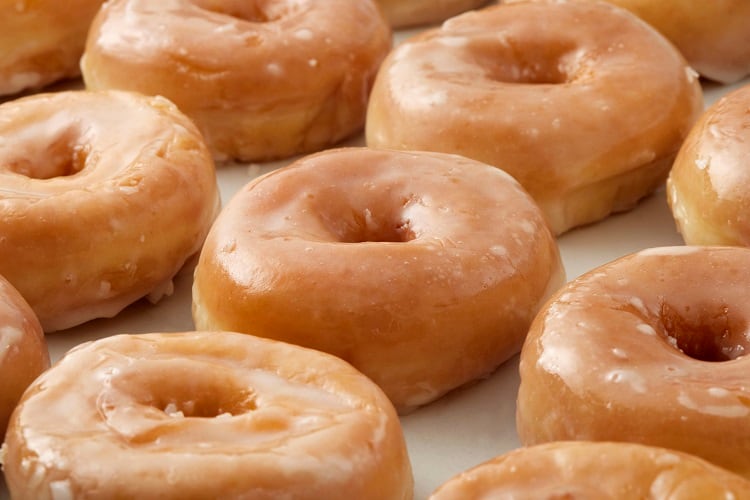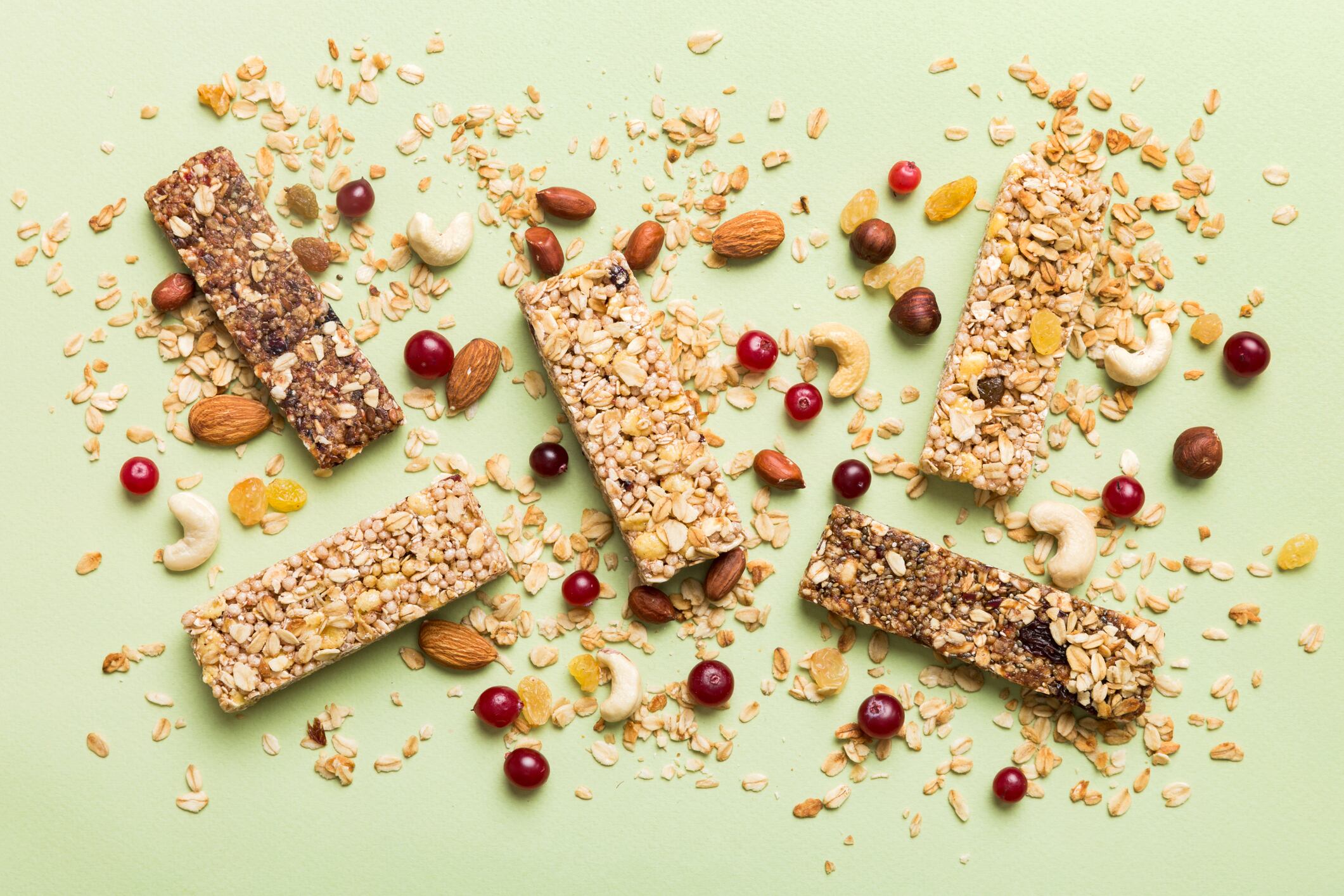Europeans like to snack, and are willing to pay for it. Across France, Germany, Italy, the Netherlands, Spain and the UK, the snacks category grew to €234bn in value sales last year, and now makes up 40% of all edible grocery sales revenue.
As the category expands to meet different consumers’ needs, new trends are popping up in the snacking aisle. One in particular is “shooting ahead”, according to insights firm Circana, which sees a surge in ‘minimally processed’ new snacks products.
Minimally processed snacks on the rise in grocery
In Europe, the snacking market is going from strength to strength. Although thought to peak during the COVID-19 pandemic, it’s now evolving even faster, according to Circana.
Innovation is being fueled by consumer needs, ranging from health priorities to changing lifestyles and even emotions. Shoppers are making more intentional choices, explains the insights firm, prompting moves towards ‘clean label’ and minimally processed snacks.
“The snacking market has changed a lot and minimally processed categories are shooting ahead,” says Circana’s Ananda Roy, senior VP for consumer goods.
Snacks are now much less a “guilty pleasure” and much more a “deliberate purchase”, used to support health goals and enhance mood.
What is a ‘minimally processed’ snack, you might ask? There is no single definition for processed foods, but a ‘minimally processed’ snack would likely be one containing few ingredients, with most or all of those known to consumers - and may even be found in the kitchen cupboard.
Examples include minimally processed offerings in cereals and breakfast bars, which saw a 6% increase in unit sales, dried nuts and fruits (+4.9%), cheese (3.1%), and yoghurt (+3.5%) in 2024.
“There are also many more natural, high-protein and minimally processed options to choose from,” says Roy.
Are consumers willing to give up ultra-processed snacks?
Ultra-processed snacks, on the other hand, are likely to contain many more ingredients - including additives, artificial flavours and preservatives - and often have a longer shelf life. Examples include most packaged crisps, chocolate bars, ice cream, and cake products.

Although the range of minimally processed snacks on offer is growing, it’s unlikely consumers are willing to go without their ultra-processed counterparts.
Circana data suggests 38% of consumers still believe processing can improve taste and 40% value the affordability it brings. Sales figures suggest ultra-processed food is still king in foodservice.
“Many Europeans now pick healthier options when buying snacks at the grocery store, and more vegetables and tofu products as snack products in foodservice,” explains Roy. But baked goods (which outside of a traditional bakery environment are largely considered ultra-processed) are still the fastest-growing type of snack in foodservice. Cookies, muffins, sweet rolls and doughnuts are picking up share from meat-based snacks such as sausages.
“Consumers are clearly still not ready to eliminate processed snacks entirely, but the centre of gravity is certainly shifting.”
What else is fuelling the ‘snackification’ trend?
‘Snackification’, the trend of replacing traditional meals with snacks throughout the day, is taking Europe by storm. Shoppers are reinventing their eating occasions to suit their lifestyle needs, explains Roy.
“‘Snackification’ is becoming mainstream behaviour, driven partly by the convenience, flexibility and variety of snack products.”
The proof is in the data. Thirteen percent of Europeans told Circana they replace at least one main meal with snacks, whereas another 28% are regularly building snacks into their meal. Four in 10 snack products eaten outside the home are also consumed at lunch or dinner.
“This is being reflected in spending, which on ‘snacking meals’ is up 4.5% in foodservice and 9.6% in retail foodservice, compared to 2022.”
It should be noted that inflation likely plays a role here. In grocery, overall snacking growth is up 2.9% year-on-year, while the number of items sold stayed around the same - meaning that prices have increased.

It’s not just minimally processed snacks that are fuelling innovation in the snacks aisle, but also high-protein and gut-friendly options. Portion-controlled indulgence and plant-based alternatives are also on the up, rising alongside “viral trends” and “socially-driven snacking moments”, explains Circana.
How can snacks manufacturers stay ahead of the trend?
Brands need to stay relevant amid new trends and changing consumer needs.
For Roy, success isn’t simply about gaining market share; it’s about relevance. “To win, brands must treat it less like a category and more like a culture; fluid, hybrid and always evolving.”
What does that mean in practice? Brands need to be laser-focused on consumer intention and cater to new eating occasions, ranging from pre-workout to late-night unwinding.
Health-conscious consumers should also be front-of-mind, with functional ingredients boosting claims such as high-protein, gut health, or low-processed.
And finally, data suggests manufacturers should offer both indulgent and healthier options. “Support both indulgent and better-for-you formats, from smaller packs and nostalgic treats to chilled fresh fruit and protein snacks.”


